Nationality Iranian American | Name Ali Javan | |
 | ||
Known for Gas laserLasing without inversionLaser spectroscopyTiming frequency of lightAtomic coherence Awards Albert Einstein World Award of Science, Frederic Ives Medal Similar People Charles H Townes, Michael Stephen Feld, Nikolay Basov, Alexander Prokhorov, George II of Great Britain | ||
Doctoral advisor Charles H. Townes Institutions ColumbiaBell LabsMIT | ||
Ali Javan (Persian: علی جوان, Ali Javān; December 26, 1926 – September 12, 2016) was an Iranian-American physicist and inventor at MIT. His main contributions to science have been in the fields of quantum physics and spectroscopy. He co-invented the gas laser in 1960, with William R. Bennett. In 2007, Javan was ranked Number 12 on The Daily Telegraph's list of the "Top 100 Living Geniuses".
Contents
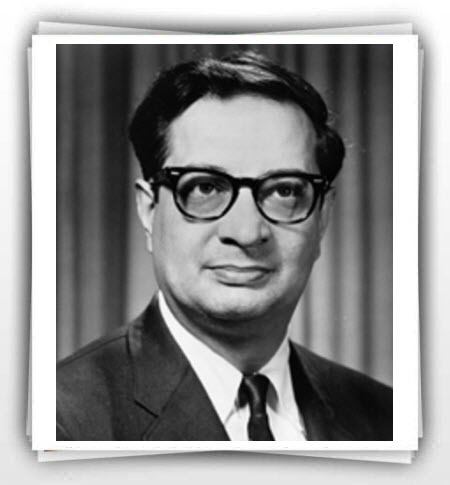
Life and career
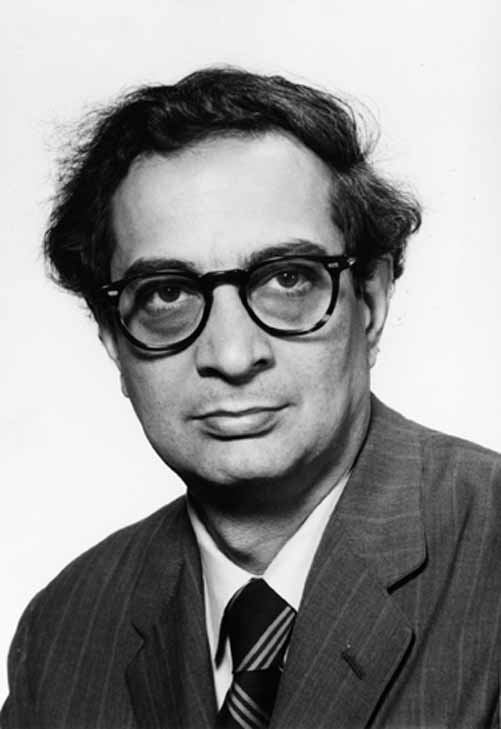
Ali Javan was born in Tehran, but his parents were from Tabriz. They sent him to a school conducted by Zoroastrians. He graduated from Alborz High School, and started his university studies at the School of Science at the University of Tehran for a year. During a visit to New York in 1948, he attended some graduate courses at Columbia University. He received his Ph.D. in 1954 under his thesis advisor Charles Townes without having received a bachelor's or master's degree. In 1955 Javan held a position as a Post Doctoral in the Radiation Laboratory and worked with Townes on the atomic clock research, and used the microwave atom beam spectrometer to study the hyperfine structure of atoms like copper and thallium.

In 1957 he published a paper on the theory of a three-level maser, and his discovery of the stimulated Raman effect that a Stokes-shifted Raman transition can produce amplification without requiring a population inversion. The effect was the precursor of a class of effects known as Lasers Without Inversion, or the LWI effect. He joined Bell Telephone Laboratories in 1958 shortly after he conceived the working principle of his gas discharge Helium Neon laser, and subsequently submitted his paper for publication which was reviewed by Samuel Goudsmit in 1960.
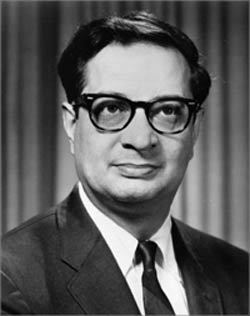
At MIT in the early 1960s, Ali Javan started a research project aimed at extending microwave frequency-measuring techniques into the infrared. He introduced the concept of an optical antenna of several wavelengths long which enables the near-complete confinement of an incident optical field coupled to it, and forming the antenna in nanoscale. For the first time an antenna was used to receive light and to transmit it to an infinitesimal receiving structure at its tip, observable only with an electron microscope. The antenna responded to infrared laser light and generated current vibrating at the frequencies of the incident beams. It would send electrons streaming into the oxide layer which offers resistance, converting the AC signals to DC and also generating a beat that can be observed electronically. Using this method Javan developed the first absolutely accurate measurement of the speed of light.
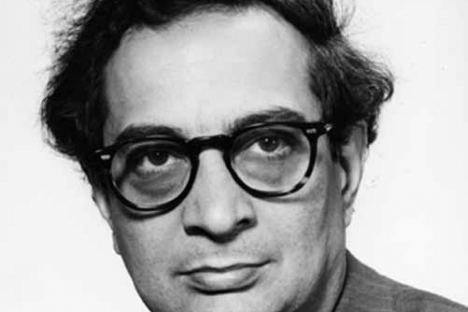
Javan carried out the first demonstration of optical heterodyne beats with lasers in 1961. Another major experiment was his observation of the detuning dip called the Lamb dip while scanning the frequency of a single-mode laser across the Doppler-broadened gain profile. In 1964 Javan and Townes devised experiments using lasers to test special relativity including a variant of the Michelson-Morley ether drift experiment to study the anisotropy of space.
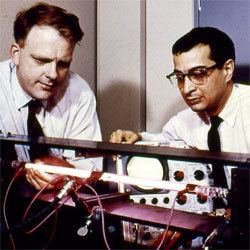
In 1966 Ali Javan and Theodore Maiman split a cash award presented to them by President Johnson honoring their work. In 1971, he became the director of Symposium on Laser Physics, which was held on the campus of University of Isfahan.
Javan first worked at Massachusetts Institute of Technology as an associate professor of physics in 1961 and has remained Francis Wright Davis Professor Emeritus of physics since 1964. He continued researching into the area of "optical electronics", which envisions scaling electronic elements in such a way that they would be capable of handling frequencies as high as visible optical radiation frequencies.
Javan died on September 12, 2016. He is survived by his wife, Marjorie, and by their two daughters, Lila and Maia.
The gas laser
The gas laser was the first continuous-light laser and the first laser to operate "on the principle of converting electrical energy to a laser light output." By definition, "a gas laser is a laser in which an electric current is discharged through a gas to produce light." Ali Javan received U.S. patent #3,149,290 together with William Bennett for the "Gas Optical Maser". Ali Javan first tested his invention on December 12, 1960.
Laser beam transmission
On December 13, 1960, the first telephone conversation using laser beam transmission occurred. Ali Javan describes the moment: "I put in a call to the lab. One of the team members answered and asked me to hold the line for a moment. Then I heard a voice [Mr. Balik], somewhat quivering in transmission, telling me that it was the laser light speaking to me."
Importance of the gas laser
The gas laser laid the foundation for fiber optic communication. Laser telecommunication via fiber optics is known to be the key technology used in today's Internet. Helium-Neon Gas lasers were the first lasers to be mass-produced. They were used in everything from UPC checkout scanners, video disc players to medical and monitoring technologies and laser printers. Although they have been largely replaced by diode-pumped solid state lasers and laser diodes, they are now used principally for specialized applications such as interferometry and holography due to their long coherence length and Gaussian irradiance profile.
